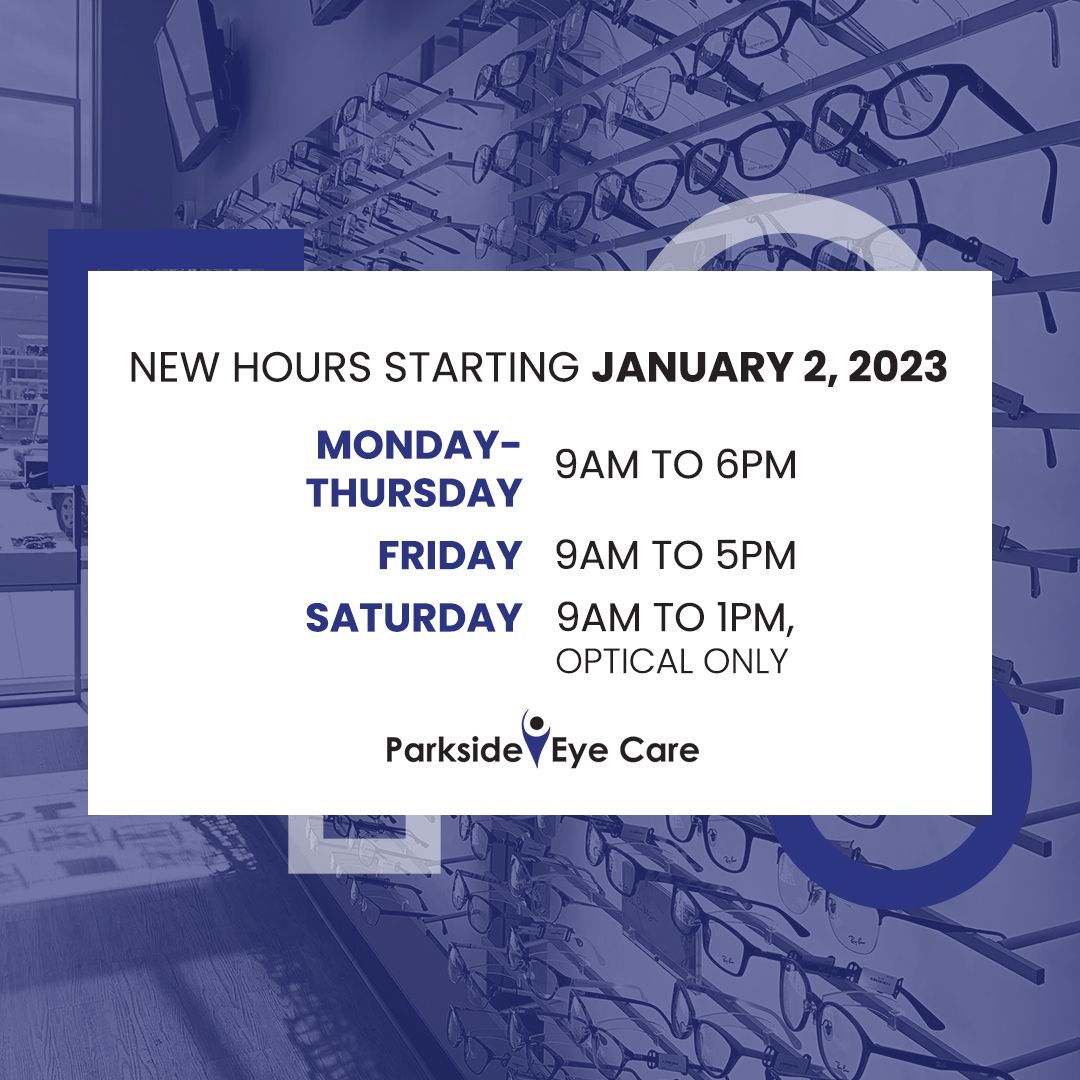
Dry eye disease is an eye condition that occurs when your tears don't sufficiently lubricate your eyes. Tears can be unstable and inadequate for various reasons. For example, you can have dry eyes if you produce poor-quality or fewer tears. As a result, the tearing instability causes inflammation and damage to the surface of your eyes.
Causes of Dry Eye
Dry eyes arise from various factors that affect the production of tears in your eyes. The disruption of your healthy tear film reduces lubrication in your eyes. There are three layers in your tear film. They comprise fatty oils, aqueous fluid, and mucus. Any problem associated with these three layers deprives your eyes of lubrication.
Tear film dysfunction results from hormonal changes or autoimmune disease. Also, allergic disease or inflamed eyelids are contributing factors. Dry eyes also result from increased tear evaporation or a reduction in tear production.
Signs and Symptoms of Dry Eye
Below are the signs and symptoms of dry eye that affect both eyes:
Eye fatigue
Blurred vision
Watery eyes as a body response to irritation caused by the dryness in your eyes
Tingling sensation in your eyes
Light sensitivity
Stringy mucus around and in your eyes
Eye redness
Scratchy, burning, or stinging sensation in your eyes
Trouble wearing contact lenses
Trouble driving at night
Diagnosis
Your eye doctor will conduct an eye exam to check the surface of your eyes, your eyelids, and how you blink. You may undergo various tests. Your eye doctor can also test the thickness of your tears to measure quality. Your optometrist can also measure how quickly you can produce tears.
Treatment
Dry eye is a progressive and chronic condition. Depending on its severity and cause, dry eye syndrome may not be curable. But most cases of dry eye are manageable. Treatments can give you comfort, lessen your symptoms, and improve your vision.
Dry eye causes are many, and your doctor can use a variety of treatments as well. Your doctor can ask you about your symptoms before deciding on your treatment. Your answers work as a baseline to evaluate the effectiveness of the treatment after a while.
Below are some of the treatments that treat dry eyes:
Artificial tears - Artificial tears work well for most people. They increase moisture in your eyes
Lacrimal plugs - Your doctor can block the drainage holes in the corner of your eyes. This procedure is reversible and slows down the loss of tears
Medications - Your doctor can prescribe medication to reduce inflammation in your eyes
Surgery - Severe dry eye symptoms that do not respond to other treatments may need surgery. Your doctor can plug the clogged drainage holes to maintain the adequate tears you need
Home care - You can treat your dry eyes by yourself if your symptoms are not too severe. Using a humidifier helps increase moisture in your room. Avoid wearing contact lenses often and lessen your screen time. If possible, avoid living in dry climates
When to See a Doctor
It is ideal to see your doctor if you experience prolonged symptoms of dry eye disease. If your eyes are painful, tired, red, and irritated for a long time, seek medical help as soon as possible. Your doctor can examine your eyes and determine what the problem is. In case of a complication, your doctor is likely to refer you to a specialist for further treatment.
For more about dry eyes, contact Parkside Eye Care at our office in Cary, North Carolina. You can call (919) 883-9987 to book an appointment today.














